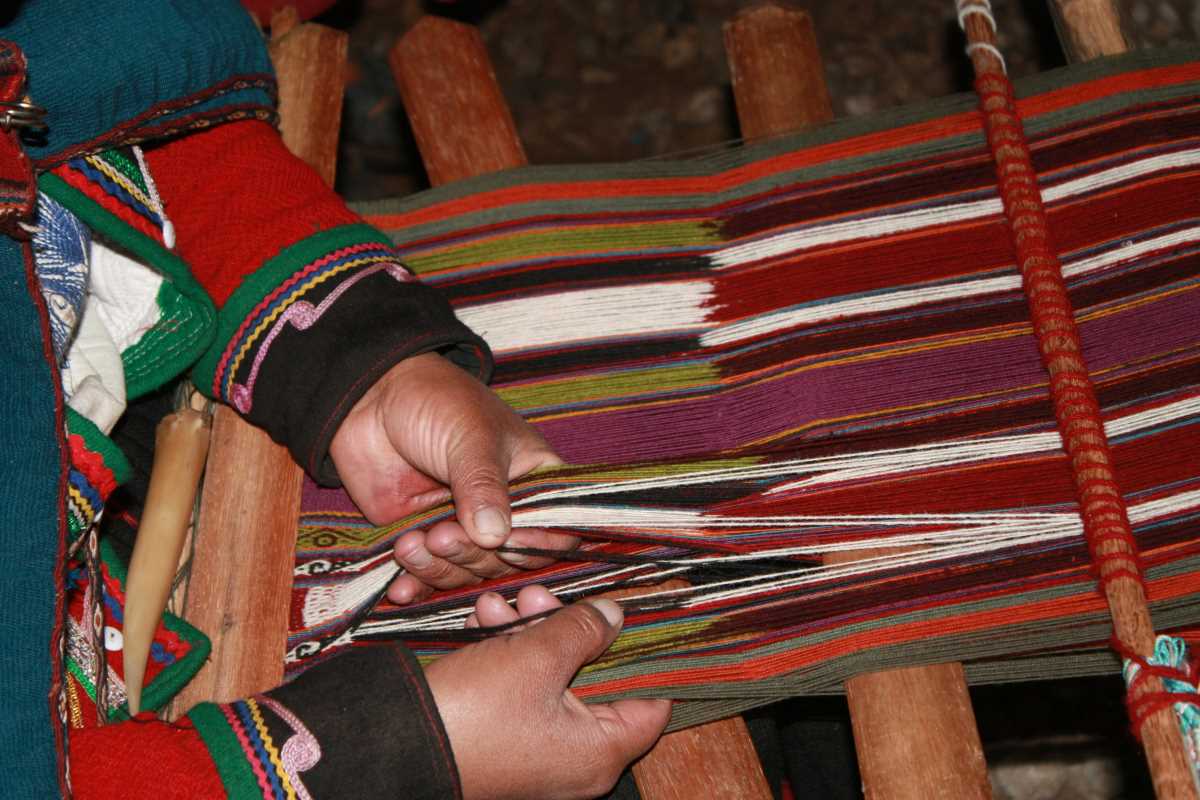Cultural narratives are the threads that weave the fabric of societies, capturing the essence of traditions, beliefs, and shared experiences. Over time, people have transformed the methods through which these narratives are conveyed significantly, reflecting advancements in human communication and technology. From the rich tapestry of oral histories passed down through generations to the dynamic realm of digital storytelling, the evolution of cultural narratives highlights the enduring importance of preserving and adapting our collective stories.
The Role of Oral Histories in Cultural Narratives
Oral histories serve as the cornerstone of cultural preservation for countless communities around the world. Before the advent of written language, storytellers shared stories, legends, and historical accounts verbally, ensuring that each generation retained a sense of identity and continuity. These oral traditions encapsulated essential values, moral lessons, and communal knowledge, serving both educational and entertainment purposes.
The significance of oral histories extends beyond mere storytelling. They created a sense of belonging and collective memory, enabling societies to navigate challenges and celebrate milestones together. Through rituals, songs, and spoken tales, oral histories not only preserved the past but also adapted to the changing dynamics of each community, ensuring their relevance and resilience over time.
From Oral to Written: A Transformative Shift
The transition from oral to written narratives marked a pivotal moment in the preservation and dissemination of cultural stories. Writing allowed for greater accuracy and longevity, enabling societies to document their histories, laws, and literary works with precision. This shift significantly impacted the way cultures maintained and transmitted their narratives.
- The Iliad by Homer – An epic poem that has influenced Western literature and culture for centuries.
- The Tale of Genji by Murasaki Shikibu – Considered one of the earliest novels, offering insights into Heian-period Japan.
- The Domesday Book – A comprehensive record of land and resources in medieval England, reflecting societal structures and governance.
- The Qur'an – Central religious text of Islam, meticulously preserved through written scripture.
These written narratives not only preserved stories with greater fidelity but also made them accessible to a broader audience. The written word facilitated the spread of ideas across regions and generations, encouraging cultural exchange and intellectual growth.
The Digital Age of Storytelling
The advent of digital storytelling has revolutionized the way cultural narratives take shape, get shared, and remain preserved. With the proliferation of the internet and digital media, storytellers can now disseminate stories globally in real-time, transcending geographical and linguistic barriers. This evolution has democratized storytelling, allowing diverse voices to contribute to the global narrative landscape.
Digital platforms offer innovative tools for storytelling, such as interactive media, virtual reality, and multimedia presentations. These technologies enhance the immersive experience of narratives, enabling storytellers to engage audiences in novel and compelling ways. The shift to digital has also facilitated the preservation of stories in various formats, ensuring their accessibility for future generations.
Challenges and Opportunities in Digital Storytelling
- Challenges:Maintaining cultural authenticity in a globalized digital environment.
- Ensuring equitable access to digital tools and platforms.
- Protecting intellectual property and cultural heritage from appropriation.
- Addressing the digital divide that may exclude certain communities.
- Opportunities:Expanding the reach of cultural narratives to a global audience.
- Utilizing multimedia to enrich storytelling methods.
- Encouraging cross-cultural dialogue and understanding.
- Preserving endangered languages and traditions through digital archives.
Embracing Cultural Narratives in the digital sphere presents both significant challenges and promising opportunities. While the potential for broader dissemination and innovative storytelling is immense, navigating these advancements thoughtfully is crucial to preserve the integrity and diversity of cultural expressions.
The Future of Cultural Narratives
Looking ahead, the future of cultural narratives appears increasingly intertwined with technology. Emerging advancements such as artificial intelligence, augmented reality, and blockchain could further transform how people create, share, and authenticate stories. These technologies offer new avenues for interactivity and personalization, allowing individuals to engage with narratives in deeply meaningful ways.
The continued integration of digital tools in storytelling processes will likely enhance collaborative efforts across cultures. This interconnectedness can lead to richer, more diverse narratives that reflect the complexities of our global society. As we navigate this digital frontier, balancing innovation with the preservation of cultural authenticity is essential, ensuring that future generations inherit a tapestry of narratives that honor their heritage and embrace their evolving identities.
The journey from oral histories to digital storytelling illustrates a dynamic evolution in the way we preserve and share our cultural narratives. Each transformation has expanded the horizons of storytelling, reflecting the changing landscapes of human communication and technology. As we continue to utilize these advancements, the preservation and enrichment of cultural narratives remain paramount, ensuring that the stories that define us endure for generations to come.






.jpg)
